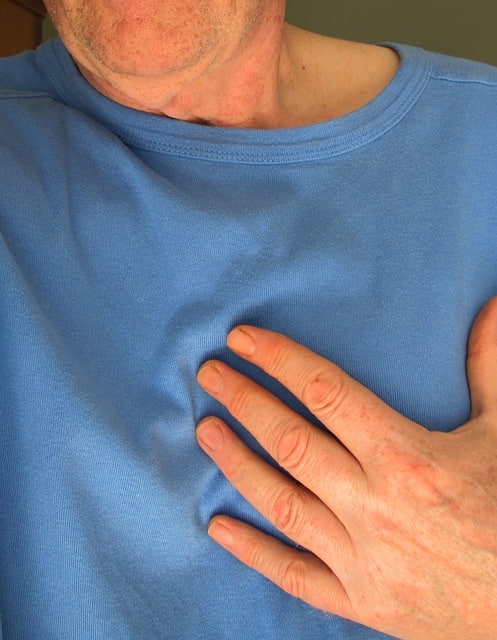
We’ve all experienced it at one time or another – a sudden scare that sets your adrenaline flowing and heart racing. Once we breathe a sigh of relief and calm down our bodies naturally regulate our heartbeats back to a normal and healthy pace, and we probably won’t think much more about it.
But if you are one of hundreds of thousands of people who have a condition which can cause sudden cardiac arrest or prolonged irregular rhythms, chances are you think about your heartbeat a lot.
Implanted Defibrillators
The introduction of implantable, battery-operated defibrillators has helped many people with these conditions immensely. These devices can provide a sudden shock to a stopped heart to get it beating again or smaller currents to provide a steady pace to irregularly beating hearts.
And these devices not only help the heart; they also provide some much-needed peace of mind. Previously, people with heart irregularities would constantly wonder when and where an episode might occur. If they were not in a position to receive immediate medical assistance, a cardiac arrest or irregular heartbeat could result in serious illness or death. Once fitted with an implant, they could go about their daily lives with an added sense of security and safety.
But this sense of security and safety has been tested for some people who have been fitted with certain models of the St. Jude defibrillator, including some programmed as pacemakers.
Short Circuits and Battery Failure
In October 2016, medical manufacturer St. Jude notified patients and doctors about a potential defect in some of their models caused by lithium cluster formation in the device’s battery near the cathode. Lithium cluster formation can cause a short circuit and high current drain, prematurely causing the batteries to fail.
The life expectancy of these devices is reported to be in excess of seven years, but research into lithium cluster formation suggests defective batteries tend to fail in three to four years. Since battery life varies, all of the devices contain built-in vibrator alarms to alert patients of a low battery requiring replacement within about three months. However, batteries with lithium cluster formation can drain much more quickly and may fail in as little as a day after triggering the alarm.
Doctors say patients most at risk of defective batteries are those who require high-powered shocks to restart their heart, or those who are dependent on a programmed pace-making function. The Canadian Heart Rhythm Society notes there are over 8,000 individuals affected in Canada. Twenty-six episodes of presyncope/syncope (fainting from insufficient blood to the brain) have been reported in this country due to the defect and there have been two deaths identified worldwide.
Reports of Device Failures
Although explicit warnings were issued to patients by St. Jude in late 2016, at least 39 incidences of lithium cluster formation related failures were reported prior to a Duke University Medical Center study published in July 2014. The single hospital study revealed a high failure rate of 0.6 per cent. St. Jude commissioned further research into the issue at the time.
In 2015, some patients with affected models received remote monitoring devices and demonstrations of the sensation the alarm gives off in the event of imminent battery failure, but they were not advised of any particular reason why they were receiving it. Only when the official warning went out in October 2016 were these patients given cards with emergency numbers to call if the alarms went off.
Waiting and Wondering
St. Jude has advised against recommending any immediate replacement for affected devices (including versions sold as Fortify, Fortify Assura, Quadra Assura, Quadra Assura MP, Unify, Unify Assura, and Unify Quadra prior to May 2015) that have not failed. The risks associated with replacement, including infection, are thought to be greater than the risk of battery failure.
What Can You Do?
Patients with St. Jude defibrillators should consult their doctors or heart clinics for information about their potential risks and medical options such as remote monitoring. Health agencies also advise these patients to seek immediate medical attention if they experience chest pain, severe shortness of breath, feel lightheaded or dizzy, or lose consciousness. Any of these symptoms may be a sign of a depleted battery.
If you or a loved one have been fitted with an affected model of the St. Jude defibrillator and are experiencing heightened anxiety as a result, or if you have had a defective defibrillator removed, please contact personal injury lawyer Paul Miller at 416-646-3901 or by email at pmiller@hshlawyers.com. to learn more about legal means to obtain compensation for your pain and suffering.






